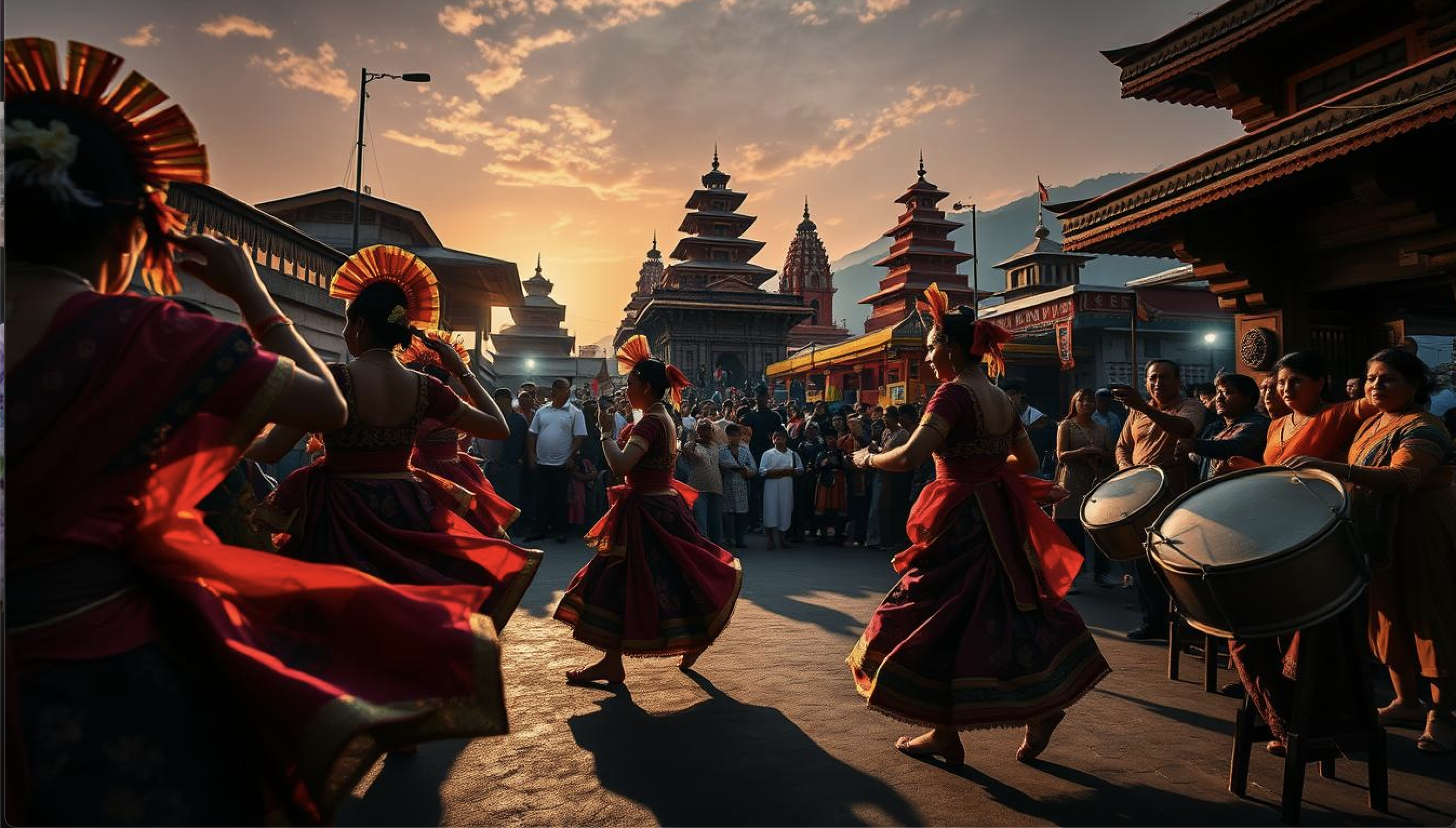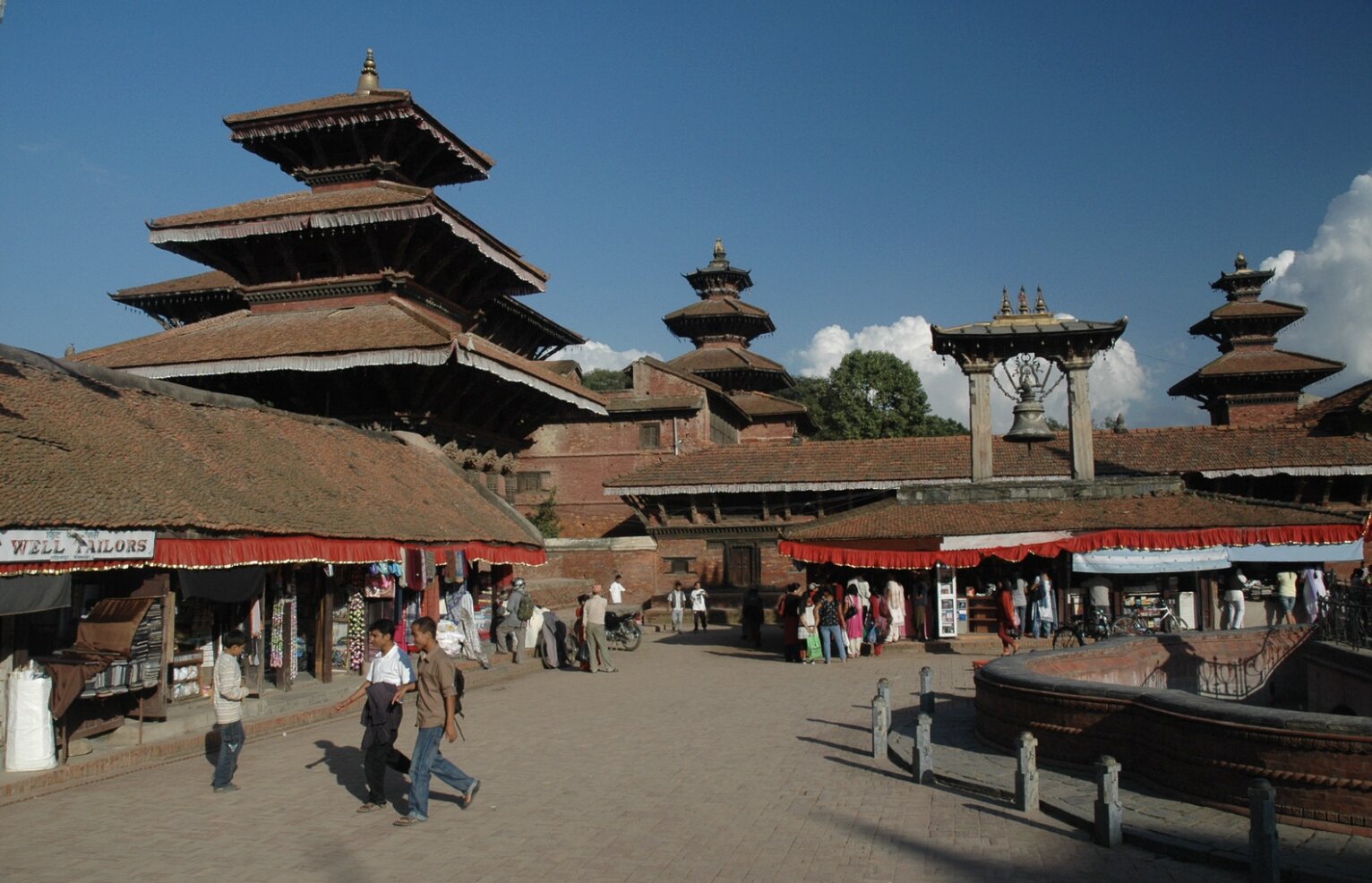First Time in Kathmandu? What Actually Happens

Balalmahen
Travel Writer & Local Expert
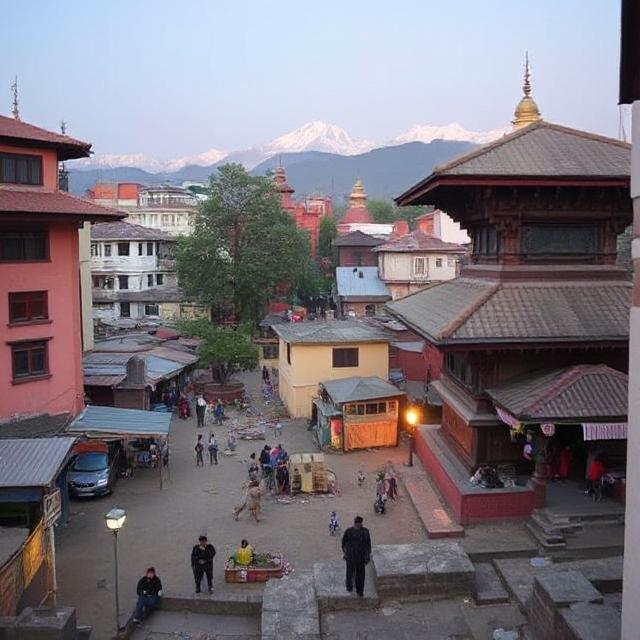
📋 What's in This Guide
💡 Click on any section to jump directly to that part of the article
The Airport Reality Check
The visa-on-arrival process works, just not quickly. You'll fill out a form (bring a pen, the ones chained to desks never work), stand in line, pay your fee in US dollars (have exact change—seriously), and eventually emerge into the arrivals hall where approximately 47 taxi drivers will simultaneously offer you "best price, my friend." Pre-arrange your airport pickup. I cannot stress this enough. Yes, it costs a bit more than haggling with drivers, but after a long-haul flight, the last thing you need is a negotiation battle over NPR 500 (about $4). Your hotel will send someone with your name on a sign, you'll nod gratefully, and they'll navigate the exit chaos while you sit in blessed silence. The drive into Thamel—Kathmandu's tourist district—takes 20-40 minutes depending on traffic, time of day, and apparently the alignment of the stars. You'll notice the roads immediately. They're... an adventure. Potholes the size of small children, motorcycles carrying entire families, and traffic rules that seem more like gentle suggestions than laws.
Your First Night in Thamel
Thamel overwhelms everyone initially. It's sensory overload—narrow streets packed with trekking shops, restaurants blasting music, street vendors, monks in maroon robes, backpackers comparing gear, and everywhere, everywhere, people trying to sell you something. "Tiger Balm, very good price!" "Singing bowl, handmade!" "Where you from? Germany? I have cousin in Berlin!" You'll learn to smile, shake your head, and keep walking. It's not rude; it's necessary. These vendors are friendly but persistent, and stopping for every pitch means you'll never reach your hotel. Find a rooftop restaurant your first evening. Most places in Thamel have them, and watching sunset over the city while eating momos (Nepali dumplings—order them, trust me) helps you decompress from travel. The air quality isn't great—Kathmandu has pollution issues—but the view still impresses, especially if weather cooperates and you glimpse the Himalayas in the distance.
The Next Morning: Culture Shock Peaks
Your second day brings the real adjustment. You'll wake up to temple bells, construction sounds, dogs barking, and possibly your neighbor's roosters (yes, even in central Thamel). Power might be out—load shedding happens, though less frequently than it used to. Hot water is never guaranteed, even in nice hotels. Breakfast will confuse you. Most tourist places offer "continental" options that bear little resemblance to anything continental. The toast arrives cold, the "coffee" tastes like hot water that once met a coffee bean, and jam portions are measured in homeopathic doses. Order the Nepali breakfast instead: dal bhat (rice and lentils) or chiya (milk tea) with sel roti (rice donuts). It's better, cheaper, and actually what locals eat.
Walking Kathmandu: A Survival Guide
Crossing streets requires abandoning everything you know about pedestrian right-of-way. There are no crosswalks that mean anything. Vehicles won't stop. Your move is to make eye contact with drivers, step confidently into traffic, and walk at a steady pace while they flow around you like water. Don't run, don't hesitate. It feels terrifying for exactly one crossing, then becomes second nature. The pollution is real. Dust masks aren't just for looks—locals wear them for good reason. After a few hours walking, you'll blow your nose and wonder if you inhaled an entire brick factory. It's fine, everyone experiences this. Drink water, don't over-exert yourself on day one (you're at 1,400m elevation), and accept that Kathmandu is dusty.
What Actually Works Your First Day
Do visit Swayambhunath (Monkey Temple) on day two. It's close, spectacular, and the walk up those stairs helps with altitude adjustment. Plus, the monkeys are genuinely entertaining, though keep your water bottle secured—they're expert thieves. Do wander Durbar Square. Yes, it's touristy. Yes, there's an entrance fee. Yes, it's still worth seeing. The architecture is stunning, the history is palpable, and people-watching from the steps while vendors sell vegetables and kids play cricket is peak Kathmandu. Don't try to see everything immediately. Pace yourself. Kathmandu rewards slow exploration, not checklist tourism. Pick one major site per day, intersperse with wandering, and leave gaps for spontaneous discoveries. Don't skip the small moments. Some of my best Kathmandu memories aren't from UNESCO sites. They're from chatting with a shopkeeper about cricket over chai, watching an elderly woman circumambulate a stupa at dawn, or finding a quiet courtyard temple where locals brought offerings and nobody cared about my camera.
The Food Situation
Everyone warns about "Delhi belly" and tells horror stories about street food. Here's the truth: you'll probably get mild stomach issues regardless. Your system isn't used to local water (even trace amounts in washed vegetables), different bacteria, or the spice levels. Pack Imodium, stay near bathrooms your first few days, and don't panic. That said, don't let fear prevent you from eating. Some guidelines:
- 1. Busy restaurants are safer—high turnover means fresh food
- 2. Cooked food beats raw every time
- 3. Bottled water only (check the seal)
- 4. Street momos from vendors with lines are usually fine
- 5. That sketchy-looking dal bhat place locals pack into? Probably delicious
I got sick eating at a nice Western restaurant and had zero issues from the street vendor everyone said would kill me. Your mileage will vary.
When It Clicks
Somewhere around day three, something shifts. The chaos starts feeling like energy instead of stress. You learn your neighborhood's rhythm—which streets are quiet, where good coffee hides (Himalayan Java, you're welcome), when to avoid main roads. You'll make friends with a local shopkeeper who remembers your face and stops the hard sell. A street dog will adopt your corner as their territory and greet you each morning. You'll discover a rooftop spot where hardly any tourists go, and sunset views rival anything in the guidebooks. That's when Kathmandu gets you.
Practical Stuff Nobody Mentions
ATMs: They run out of cash frequently. Withdraw when you see a working one, don't wait until you're desperate. SIM cards: Get one at the airport (Ncell or NTC). Data is cheap, coverage is decent, and having Google Maps helps enormously. Bargaining: Expected in markets, not in proper shops. Start at 50% of the asking price for souvenirs, meet somewhere in the middle. Pollution: Worse in dry season (Oct-May), better after rain. Masks help. Your lungs adjust. Tipping: Not mandatory but appreciated. 10% in restaurants is generous; rounding up for taxis works fine.
The Bottom Line
Your first time in Kathmandu will be messy, confusing, occasionally frustrating, and probably nothing like you imagined. You'll get lost in Thamel's alleys, overpay for at least one souvenir, and have at least one moment of "what am I doing here?" You'll also have moments of genuine magic—a smile from a monk, perfect light hitting temple spires, the taste of fresh momos, or simply watching the city wake up from a quiet rooftop while the Himalayas emerge from morning mist. Give Kathmandu three days before judging. The city doesn't reveal itself immediately. But once it does, you'll understand why travelers who plan "just a few days" often extend their stay indefinitely. Welcome to Kathmandu. It's a mess. It's beautiful. You'll probably love it.
Recommended Hotels for Your Stay
Handpicked accommodations based on your travel interests
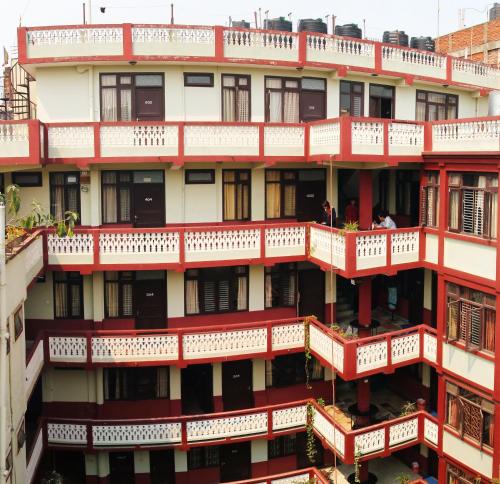
Hotel Yala Peak
A charming boutique hotel in the heart of Thamel offering excellent value for mo...
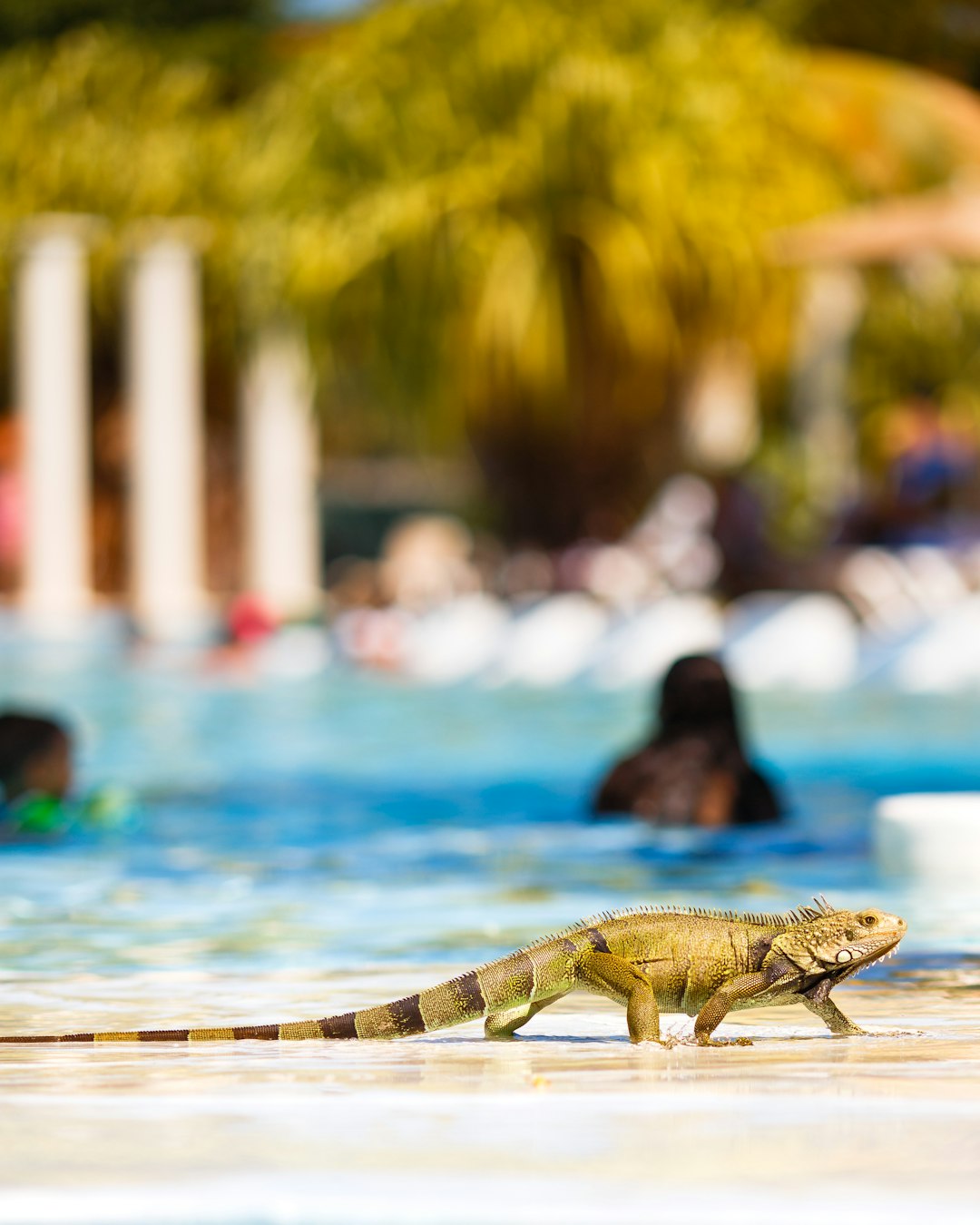
The Dwarika's Hotel Kathmandu
A living museum showcasing traditional Nepalese architecture and culture, The Dw...


